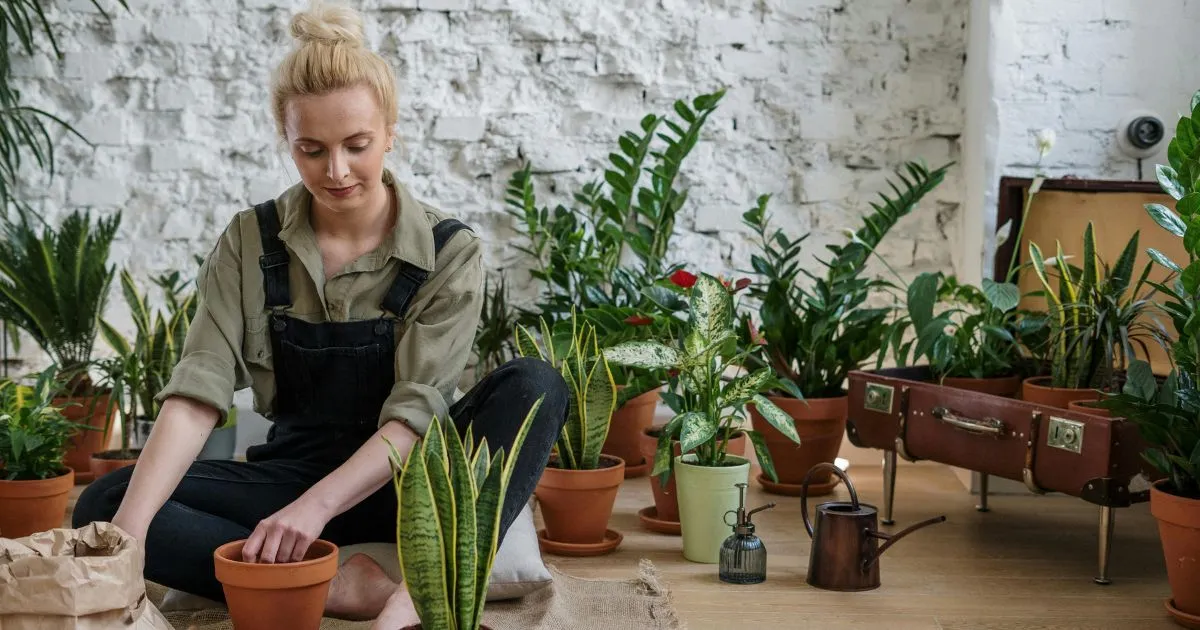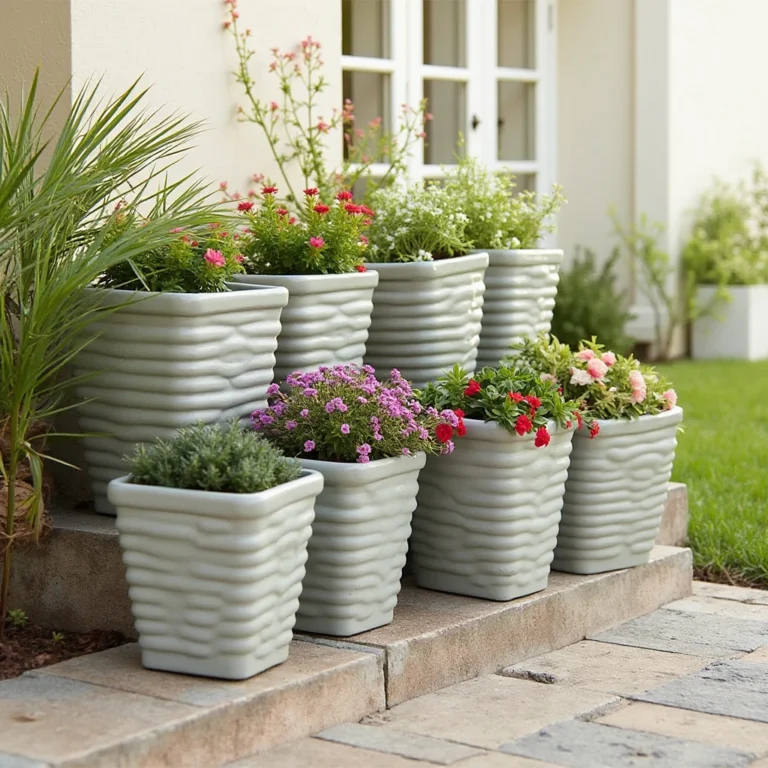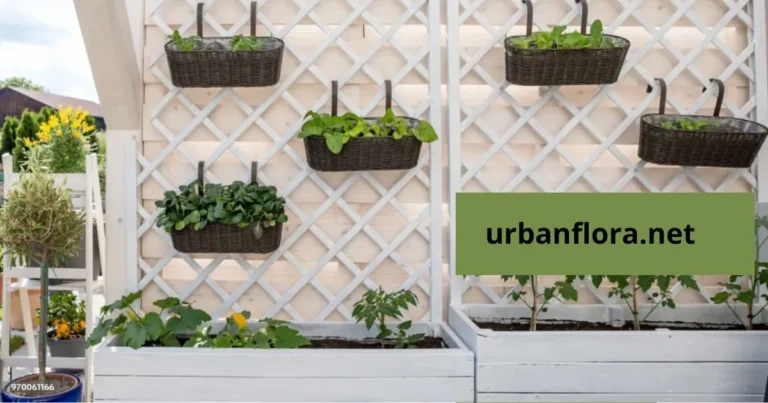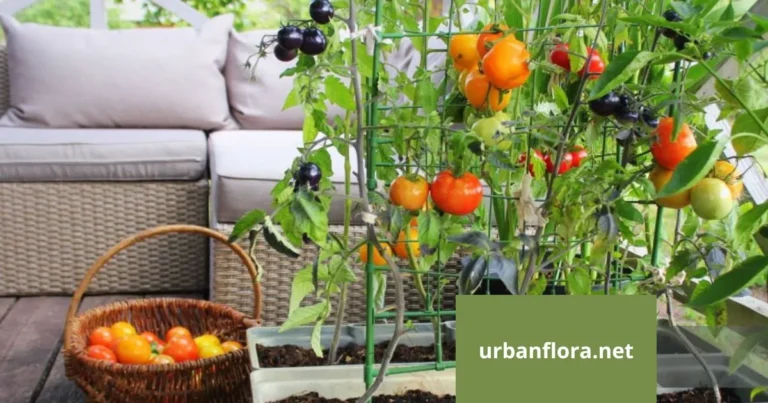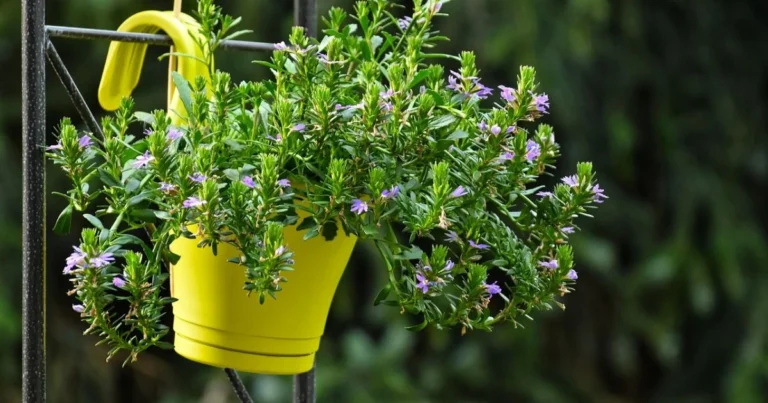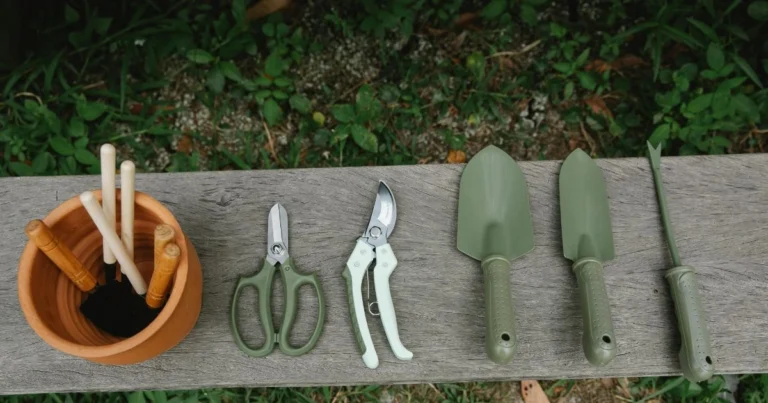Growing Herbs Indoors: A Guide for Beginners
Table of Contents
Best Herbs to Grow Indoors: A Guide for Beginners
Growing your favorite herbs indoors can be fun and rewarding. An indoor herb garden lets you enjoy fresh flavors all year. It also purifies the air and makes your space look great. This guide will show you the best herbs for indoors and how to start your garden.
Creating a thriving indoor herb garden is easy, whether you’re new or experienced. We’ll help you through setting up your garden. You’ll learn about choosing the right herbs and keeping your plants healthy. Enjoy the fresh flavors and air benefits of your indoor garden.
Key Takeaways
- Learn how to create and maintain a thriving indoor herb garden
- Discover the best herbs to grow indoors for fresh flavors and air purification
- Get essential tips for choosing the right herbs and equipment for your indoor herb garden
- Understand the benefits of growing your own herbs to grow indoors, including cost savings and health benefits
- Start your indoor herb journey with confidence and enjoy the rewards of your indoor herb garden
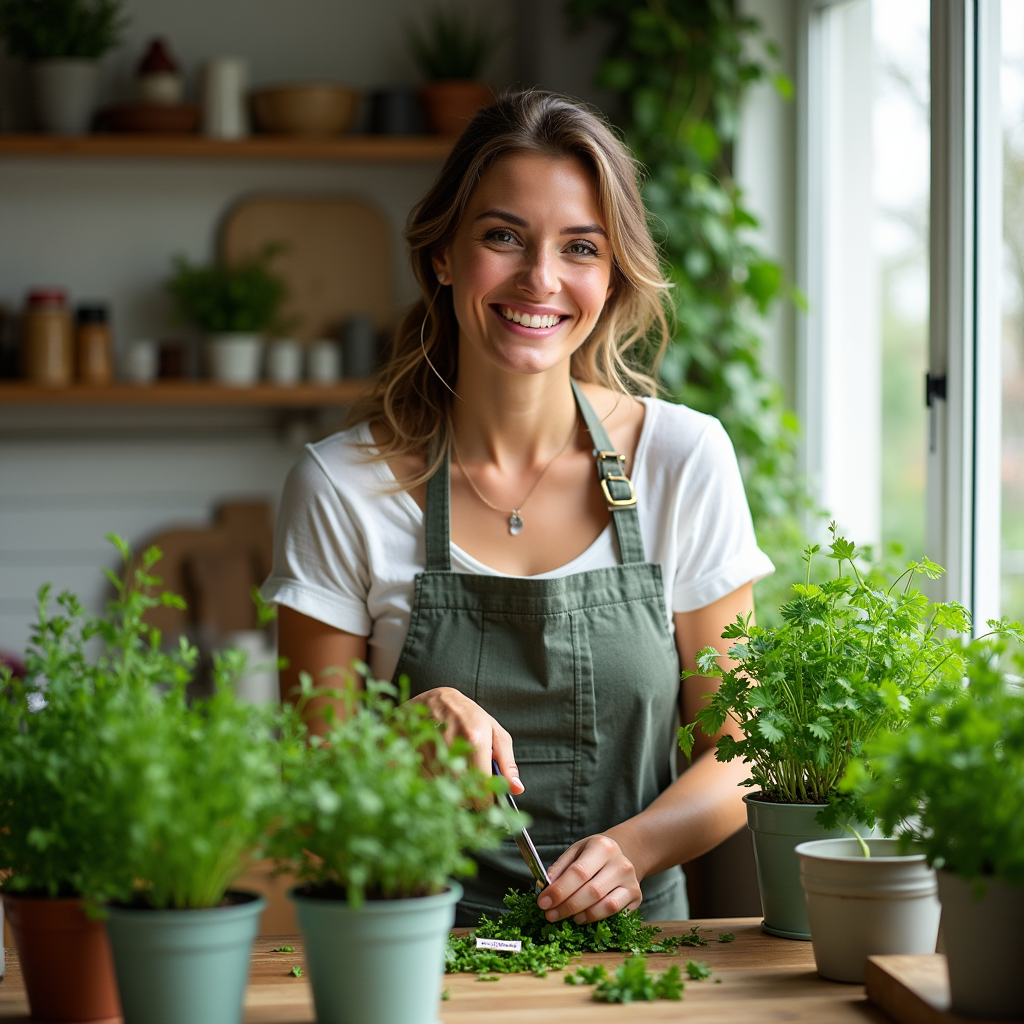
Benefits of Growing Herbs Indoors
Growing herbs indoors offers many benefits. You can have fresh, fragrant herbs all year, no matter the season or where you live. This is great for cooking, as growing herbs indoors means you can pick them at their best.
Some of the easiest herbs to grow indoors are basil, mint, and parsley. They do well indoors with the right care. Growing your own herbs can also save you money, as store-bought ones can be pricey. Here are several advantages of growing herbs indoors:
- Year-round access to fresh herbs
- Cost savings over buying herbs from the store
- Better air quality and enhanced well-being.
Growing herbs indoors can also make you feel calm and relaxed. It’s a soothing activity. With the right tools and a bit of care, you can enjoy the many benefits of growing your own herbs indoors. You’ll feel proud of harvesting your own easiest herbs to grow indoors.
| Herb | Light Requirements | Temperature Range |
| Basil | Bright, indirect light | 65-75°F (18-24°C) |
| Mint | Partial shade to full sun | 60-70°F (15-21°C) |
| Parsley | Partial shade to full sun | 60-70°F (15-21°C) |
Essential Equipment for Your Indoor Herb Garden
To start your indoor herb garden, you’ll need some basic equipment. An indoor plant kit is a great place to begin. It usually includes everything you need, like pots, soil, seeds, and fertilizers. You can find these kits from brands like Burpee or Miracle-Gro for quality products.
Think about what your herbs need when picking your equipment. Some herbs need more light, so you might need a grow light. You’ll also need a good potting mix, a watering can, and enough light for your herbs to thrive. Depending on your herbs, you might also need a trellis or other support.
Here are some key items for your indoor herb garden:
- A high-quality potting mix
- A watering can or watering globe
- Adequate lighting, such as a grow light or LED light
- Pots or planters with good drainage
- Fertilizers, such as a balanced fertilizer or a fertilizer specifically formulated for herbs
- A trellis or other support systems, if necessary
By choosing the right equipment, you’ll be on your way to a thriving indoor herb garden. An indoor plant kit is a convenient and affordable way to start. It can be tailored to fit the needs of your herbs.
Choosing the Perfect Location for Growing Herbs Indoors
When growing herbs indoors, the right spot is key. Your herbs need the right light, temperature, and humidity to thrive. Place them near a sunny window or under grow lights, as most herbs love lots of light.
Think about what each herb needs. Some, like basil and mint, need more light than others, like parsley and cilantro. By picking the best spot, you help your herbs grow well.
Light Requirements
Most herbs need bright, indirect light to grow. If using grow lights, follow the instructions for distance and time. Natural light is great, but watch out for too much direct sunlight.
Temperature Considerations
Temperature is very important for indoor herbs. They like daytime temperatures between 65-75°F (18-24°C) and cooler nights. Keep them away from heating vents, fireplaces, and drafty windows to avoid temperature changes.
Humidity Levels
Right humidity levels help prevent pests and diseases. Use a humidifier, especially in dry places. Aim for humidity between 40-60% to help your herbs grow well.
| Herb | Light Requirements | Temperature Preferences | Humidity Levels |
| Basil | Bright, indirect light | 65-75°F (18-24°C) | 40-50% |
| Mint | Partial shade to full sun | 60-70°F (15-21°C) | 50-60% |
| Parsley | Partial shade to full sun | 60-70°F (15-21°C) | 40-50% |
By thinking about these factors and choosing the right spot, you can make a great indoor herb garden. This way, you can enjoy fresh, fragrant herbs all year.
Top Herbs That Thrive in Indoor Gardens
Some herbs are easier to grow indoors than others, making them great for beginners. These herbs need little care and can grow well in many conditions. By picking the right herbs, you can have fresh flavors and scents at home, even if you’re new to gardening.
For beginners, starting with hardy and forgiving herbs is key. Basil and mint are favorites because they love well-drained soil and lots of light. Parsley and cilantro are also good choices, needing little care and doing well in cooler temperatures. These herbs are perfect for indoor gardens because they can handle some neglect and still give you plenty of fresh leaves.
Basil and Mint
These herbs are great for indoor gardens because they’re easy to care for. They need well-drained soil and lots of light. This makes them perfect for rooms with big windows or grow lights.
Parsley and Cilantro
These herbs are ideal for indoor gardens because they need little care and can handle cooler temperatures. They’re perfect for growing indoors, even in rooms with limited natural light.
| Herb | Light Requirements | Temperature |
| Basil | Plenty of light | 65-75°F (18-24°C) |
| Mint | Plenty of light | 65-75°F (18-24°C) |
| Parsley | Partial shade | 60-70°F (15-21°C) |
| Cilantro | Partial shade | 60-70°F (15-21°C) |
Choosing the right herbs and giving them the right conditions can make your indoor garden thrive. Even if you’re new to growing herbs indoors, a little care and attention can help you harvest fresh herbs all year. This adds flavor and fragrance to your cooking and brightens up your home.
Soil Selection and Potting Guidelines
Choosing the right soil is key for a healthy indoor herb garden. Look for a potting mix made for indoor plants and herbs. It should hold moisture but also let excess water drain to avoid root rot. Brands like Miracle-Gro or Espoma are good options.
Here are some important features to find in a potting mix:
- Good drainage to prevent waterlogged soil
- Retains moisture to prevent drying out
- Pest and disease-free
Make sure your pot has drainage holes to keep the soil dry. The pot size depends on the herb. Start with small pots and move to bigger ones as the plants grow. Remember to handle the roots with care during transplanting to avoid damaging them.
By picking the right soil and potting your herbs correctly, you’ll have a thriving indoor garden. With the right care, you’ll soon enjoy fresh herbs from your garden.
Watering and Feeding Your Indoor Herbs
Watering and feeding are key when growing herbs indoors. You need to give them the right amount of water and nutrients. An indoor plant kit is a good start, as it often includes fertilizers and tools.
To see if your herbs need water, stick your finger into the soil up to the first knuckle. If it’s dry, it’s time to water. Don’t overwater, as it can cause root rot and kill your plants. Here are some tips:
- Check the soil moisture regularly
- Water your herbs when the soil feels dry beneath your fingers.
- Feed your herbs with a balanced, water-soluble fertilizer.
Having a fertilization schedule helps you remember when to feed your plants. This guarantees they receive the necessary nutrients. By following these tips and using an indoor plant kit, you can enjoy fresh herbs all year. Growing herbs indoors is rewarding and fun.
| Herb | Watering Frequency | Fertilization Schedule |
| Basil | Every 2-3 days | Every 1-2 weeks |
| Mint | Every 3-4 days | Every 2-3 weeks |
| Parsley | Every 2-3 days | Every 1-2 weeks |
By following these guidelines and using the right indoor plant kit, you can have a thriving indoor herb garden. It will be full of fresh, fragrant herbs to make your cooking better and brighten your space.
Pruning and Harvesting Techniques
When you care for your indoor herb garden, pruning and harvesting are key. They help keep your easiest herbs to grow indoors healthy and productive. Regular pruning makes plants bushy and prevents them from getting too long.
Start harvesting your herbs to grow indoors when they have 4-6 inches of growth. To prune, you can pinch or cut off leaves or stems. Or, you can take the whole plant, depending on what you need and the herb type.
This also provides you with fresh herbs for cooking. It also keeps your plants looking good and growing well in your indoor garden. Herbs like basil, mint, and parsley need regular pruning.
Here are some tips for pruning and harvesting your easiest herbs to grow indoors:
- Use clean, sharp tools to avoid spreading diseases.
- Prune in the morning, when the plants are at their highest water content
- Harvest herbs in small quantities to encourage continuous growth
By following these simple tips, you’ll enjoy a lot of fresh herbs to grow indoors. Your indoor garden will also keep thriving. Always handle your plants gently. And don’t be afraid to try different pruning and harvesting methods to see what works best for your garden.
Troubleshooting Common Indoor Herb Problems
Growing herbs indoors can sometimes lead to common problems. These issues can harm your indoor herb garden’s health and productivity. It’s key to spot and fix these problems quickly.
Keeping a balance between light, temperature, and watering is crucial. This balance is essential for a thriving indoor herb garden. Issues like pests, diseases, and growth problems can occur. Regularly checking your plants can help you catch these problems early.
Pest Management and Disease Prevention
To stop pests and diseases, ensure good air flow and keep things clean. Avoid watering too much. Use organic pest control like neem oil or insecticidal soap for pests like spider mites, mealybugs, or aphids.
Growth Issues
Growth problems often stem from too little light, wrong temperatures, or bad soil. Fixing these can help your herbs grow well. Most herbs need bright, indirect light and temperatures between 65-75°F (18-24°C) to thrive.
By following these tips, you can keep your indoor herb garden balanced. This way, you can enjoy fresh, fragrant herbs all year. Growing herbs indoors has many benefits.
| Common Problem | Cause | Solution |
| Pests | Overwatering, poor air circulation | Use organic pest control methods, improve air circulation |
| Diseases | Overwatering, poor hygiene | Improve hygiene, avoid overwatering |
| Growth Issues | Inadequate light, incorrect temperatures, poor soil quality | Adjust light, temperature, and soil quality |
Conclusion: Starting Your Indoor Herb Journey
Starting your indoor herb journey is exciting. It brings joy and satisfaction as you care for these plants. Whether you begin with a simple kit or a bigger setup, watching your herbs grow is rewarding. Enjoy the fresh smells, bright colors, and the pride of growing your own herbs at home.
Growing herbs indoors is a rewarding experience, not just a hobby. It connects you with nature and brings peace to your space. With proper care, your garden can spark creativity and remind you of the joy of nurturing something yourself.
Be open and eager to learn as you start. Try new things, solve problems, and celebrate your wins. The more you interact with your herbs, the more they’ll enrich your life. So, get involved, get your hands dirty, and watch your garden flourish.
FAQ
What are the easiest herbs to grow indoors?
Basil, mint, parsley, cilantro, thyme, and oregano are easy to grow indoors. They thrive with little care in indoor spaces.
What equipment do I need to start an indoor herb garden?
You’ll need an indoor plant kit for starting. It includes pots, soil, and seeds or seedlings. You might also need a watering can, grow lights, and a trellis for some herbs.
How much light do indoor herbs need?
Indoor herbs need lots of light to grow well. Position them by a sunny window or under grow lights. Check each herb’s specific light needs.
How often should I water and fertilize my indoor herbs?
Watering depends on pot size, herb type, and indoor humidity. Check soil moisture and water when it’s dry. Fertilize regularly, following package instructions.
How do I prune and harvest my indoor herbs?
Pruning and harvesting keep your herbs healthy and productive. Start harvesting when plants are 4-6 inches tall. Pinch or cut leaves or stems as needed. Regular pruning helps them grow bushy.
How do I troubleshoot common indoor herb problems?
Common issues include pests, diseases, and growth problems. Check for pests and use organic solutions like neem oil. Keep plants clean and well-ventilated to prevent diseases. Ensure they get enough light, temperature, and nutrients for growth.

